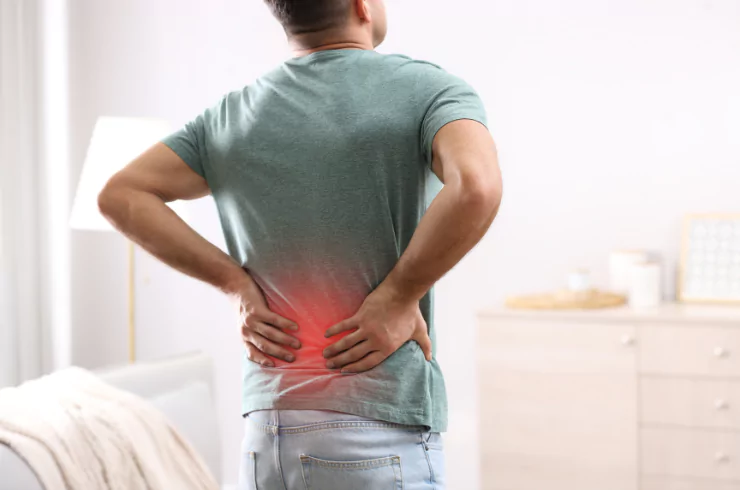
Low back pain is a prevalent issue that can significantly impact your daily life. It can arise from various conditions, including disc prolapse, lumbar spondylosis, and sciatica. Understanding these conditions and their symptoms is crucial for finding effective relief and restoring your quality of life.
A disc prolapse, commonly known as a herniated disc, occurs when the soft inner material of a spinal disc pushes through its outer layer. This can lead to pain, weakness, and numbness in the back and legs. Symptoms of disc prolapse include:
Lumbar spondylosis refers to age-related wear and tear on the spine, particularly in the lower back. It can cause the discs and joints to degenerate, leading to pain and stiffness. Symptoms include:
Sciatica is not a condition itself but rather a symptom of an underlying issue, often caused by a herniated disc or lumbar spondylosis. It occurs when the sciatic nerve is compressed, leading to: